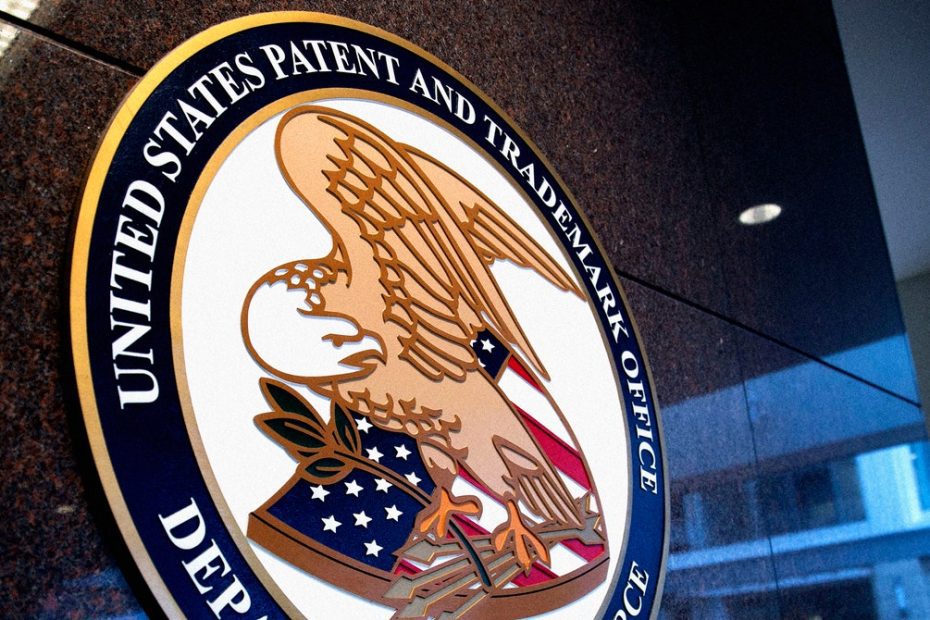The U.S. Patent and Trademark Office last year banned the use of generative artificial intelligence for any purpose, citing security concerns with the technology and the tendency of some tools to exhibit “bias, unpredictability and malicious behavior,” according to a report from April 2023. internal guidance memo obtained by WIRED through a public records request. Jamie Holcombe, the USPTO's chief information officer, wrote that the agency is “committed to pursuing innovation across our agency” but is still “working to bring these capabilities to the office in a responsible manner.”
USPTO press secretary Paul Fucito clarified to WIRED that employees can use “state-of-the-art generative AI models” at work, but only within the agency's internal testing environment. “Innovators from across the USPTO are now using the AI Lab to better understand the capabilities and limitations of generative AI and to prototype AI-powered solutions for critical business needs,” Fucito wrote in an email.
Outside of the test environment, USPTO personnel should not rely on AI programs such as OpenAI's ChatGPT or Anthropic's Claude for work tasks. Last year's guidance also bans the use of the tools' results, including images and videos generated by AI. But Patent Office employees can use a number of approved AI programs, such as those in the office's own public database, to look up registered patents and patent applications. Earlier this year, the USPTO approved a $75 million contract with Accenture Federal Services to update its patent database with improved AI-powered search capabilities.
The U.S. Patent and Trademark Office, an agency within the Department of Commerce, is responsible for protecting inventors, granting patents, and registering trademarks. It also “advises the President of the United States, the Secretary of Commerce, and U.S. government agencies on intellectual property policy, protection, and enforcement,” according to the USPTO website.
At a Google-sponsored event in 2023, Holcombe, the guideline's author, said government bureaucracy makes it difficult for the public sector to adopt new technologies. “Everything we do in government is pretty stupid when you compare it to the commercial world, right?” he said. Holcombe specifically cited cumbersome budgeting, procurement and compliance processes, arguing that these hinder the government's ability to quickly adopt innovations such as artificial intelligence.
The USPTO isn't the only government agency banning employees from using generative AI, at least for certain purposes. Earlier this year, the National Archives and Records Administration banned the use of ChatGPT on government-issued laptops, according to 404 Media. But shortly afterwards, the National Archives organized an internal presentation encouraging employees to 'think' [Google’s] Gemini as a colleague.” During the meeting, some archivists reportedly raised concerns about the accuracy of generative AI. Next month, the National Archives plans to release a new public chatbot to access archival records developed with Google technology.
Other US government agencies are using or avoiding generative AI in different ways. For example, the National Aeronautics and Space Administration specifically banned the use of AI chatbots for sensitive data. However, NASA decided to experiment with the technology for writing code and summarizing research. The agency also announced last week that it is working with Microsoft on an AI chatbot that can aggregate satellite data to make it easily searchable. That tool is currently only available to NASA scientists and researchers, but the goal is to “democratize access to data in space.”

